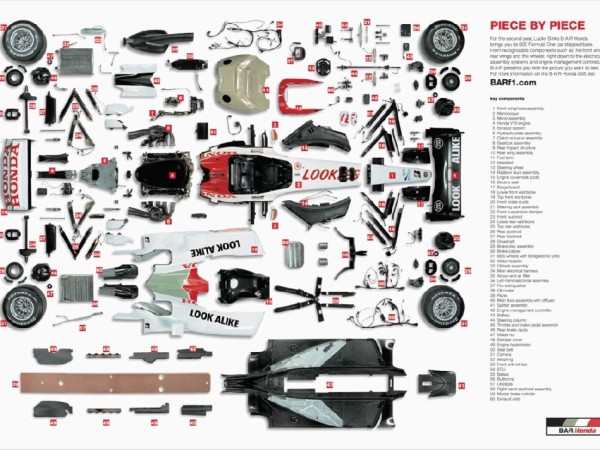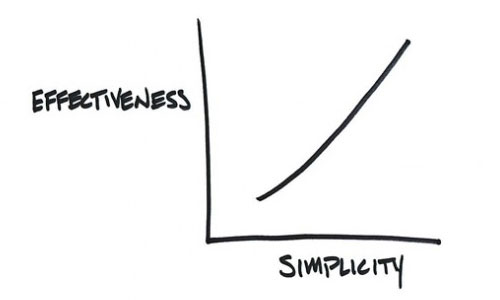SDDC Architecture - What is a VMware validated design?
Notice: This article is more than 9 years old. It might be outdated.
This article is part of a series of articles, focusing on the architecture of an SDDC via VMware Validated Designs.
Requirements
A Software Defined Data Center promises to be the new underpinning or platform for delivering today’s and tomorrow’s IT services. As such this next generation infrastructure needs to address some shortcomings of today’s infrastructure in order to be successful:
- Highly automated operation at Scale: Leaner organization that scales sub-linearly with an operating model build around automation. Leverage modular web-scale designs for unhampered scalability.
- Hardware and Software efficiencies: Support on-demand scaling for varying capacity needs. Improved resource pooling to drive increased utilization of resources and reduce cost.
- New and old business needs: Support legacy applications with traditional business continuity and disaster recovery, besides new cloud-native applications.
What is a VMware Validated Design?
A VMware Validated Design is a comprehensive design for a Software Designed Data Center (SDDC). It includes everything needed for a fully functional Software Defined Datacenter covering a set of use cases – yet remains hardware-agnostic. Through automated testing its functionality is continuously validated with every new build or any component.
VMware Validated Designs are designed by a team of VMware expert, continuously improved based on feedback from real deployments.
Have a look at this VMware video that explains what a VMware Validated Design is, some common components across all VMware Validated Designs, and how the VMware Validated Design process makes deploying a Software-Defined Datacenter a streamlined experience.
Why do you need a VMware Validated Design approach?
After having seen what a VMWare Validated Design offers, you might ask yourself why you would need this and what benefit it would bring.
For this let me use an analogy to describe how building an SDDC based data center with VMware products looks like today:
As an IT organization you are confronted with a whole lot of different pieces, while dealing with VMware data center products. While these pieces are not car pieces, the picture in Figure 1 will certainly raise some memories and associations. But not only do IT organizations end up with a lot of different pieces. It’s also very challenging to put them together. They might not even fit.
And to take this analogy a bit further: You often end up with the puzzle pieces, but without the picture on the box that shows you how the final result should look like.

To be clear: The Validated Design is not just the picture on the puzzle box and is also not just a step by step guide on how to fit the puzzle pieces together. It is more than that. Much more.
Let me again use an analogy and return to the car example. Looking at how the Volkswagen Group, which besides Volkswagen also includes Audi as well as brands that are less known in the US, one will notice that they came up with something quite remarkable: A validated base design for a car, where the engine would be mounted sideways (See Figure 2).

This approach enables engineers to innovate faster, much faster. Instead of literally re-inventing the wheel for every new car model, teams can leverage this base design and cut short on the undifferentiated heavy lifting. As an alternative engineering teams can then focus on the differentiation and build a concrete instance on top of this base design (See Figure 3).
This means that the MQB is actually the foundation of quite different vehicles, ranging from the VW Passat as a sedan to the tiny VW UP!, which is not known in the US.

The VMware Validated Design has a very similar goal: Provide a validated design as the underpinning of the Software Defined Data Center (SDDC), that is on one side uniform enough to provide sufficient guard rails around implementation guidance and underlying validation. On the other hand the VMware Validated Design provides sufficient flexibility to be the common underpinning of many different SDDC instances and as such be the common underpinning of various VMware IT Outcomes initiatives.
As such an SDDC based on a VMware Validated Design enables you as an IT organization to become a strategic partner and innovator to the business.
Keep it simple!
An SDDC based on the VMware Validated Design should serve as a simple and stable underpinning, providing clear business value. You as an IT organization should be empowered to clearly articulate these benefits to the business but also achieve the promises in real life. This is a key driver behind keeping the VMware Validated Design simple and understandable (See Figure 4).

Keep in mind: Just because something can be done, doesn’t mean it should be done. The quality of a design does not increase with the number of elements. Instead with an increase of elements the complexity increases, which usually leads to a poor design.
Summary
With the VMware Validated Designs you can get the undifferentiated heavy lifting out of the way, while building SDDC based data centers and focus on innovation and adding value through differentiation.
Want more?
Attend the VMWorld 2015 sessions SDDC5440 - VMware Validated Designs - A Reference Architecture for the SDDC and SDDC5609 - VMware Validated Designs for a Software Defined Data Center (SDDC) to learn more about the VMware Validated Designs.

Leave a comment